While many retailers have introduced try-before-you-buy features in their apps, Walmart has gone in another direction by bringing shoppers an augmented reality tool to help them compare products they want to buy.
Available exclusively for iOS (app versions 18.20 and ARKit-compatible devices running at least iOS 11.3), shoppers can access the new tool through the existing barcode scanner by tapping the 3D cube icon.


As users scan the barcodes, the app anchors a blue dot on the camera view and then pulls up a card with product name and price, as well as a rating and number of reviews. As customers scan additional items, they can point the camera back to previously scanned items to view the product info again, allowing them to quickly and easily compare price and quality between several options.
"Walmart store shoppers love using our mobile app barcode scanner as a price checker. Our team sees the potential of this product as so much more, though. When a customer launches the scanner, they get a direct connection between the digital and the physical world that their screen and camera lens creates for them," said Tim Fields, senior engineering manager at Walmart Labs, in a blog post.
"That's the magic of augmented reality. Making the real world more valuable is an incredibly powerful communication medium because people instinctively just, 'get it.' There's very little learning curve."
The feature was born through an internal Walmart hackathon last spring, with Fields and his team applying lessons learned from their explorations with ARKit, landing on the idea to enhance barcode scanning due to its frequency of use and reliability as a feature in the app.
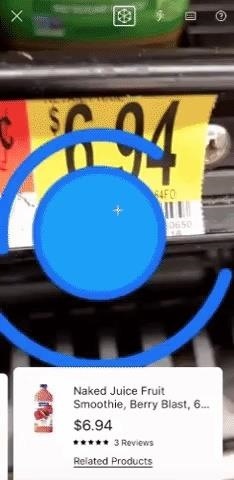

"After several ideation sessions, we gravitated to an idea we believed could solve three customer problems we haven't been able to successfully solve until now: How might we make the scanning experience not only load products faster, but also feel faster? What would happen if we made it easy to compare products by more than just price? If we make scanning more fun, will customers be more inclined to use it?" said Fields.
Up until recently, retailers have focused on selling products in AR based on mostly on qualitative aspects, such as how furniture looks in a user's space, or if a shade of lipstick brings out the green in a user's eyes.
Now, with Walmart's updated app, as well as pairings like Amazon's Visual Search partnership with Snapchat, and Google Lens using computer vision to search the physical world, retailers and tech companies are starting to expand how AR can make shopping easier for customers by providing them with actionable data from the real world, beyond virtual objects.
These are all tantalizing stepping stones to even more commerce-oriented use cases for AR. Nevertheless, these kinds of experiences won't truly explode until we get smaller, lighter, consumer-grade smartglasses. Until then, apps like these are welcome peeks into the future.
Just updated your iPhone? You'll find new features for Podcasts, News, Books, and TV, as well as important security improvements and fresh wallpapers. Find out what's new and changed on your iPhone with the iOS 17.5 update.
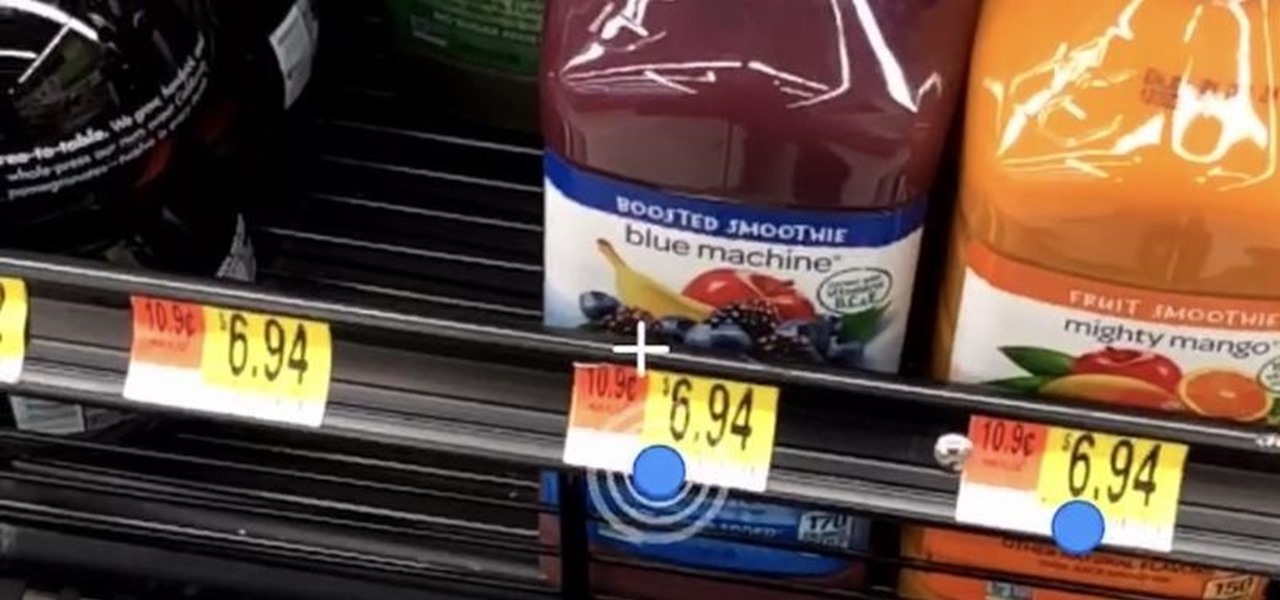


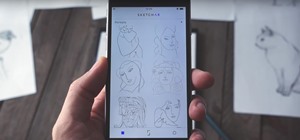






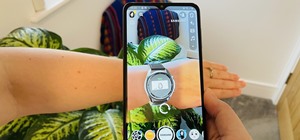
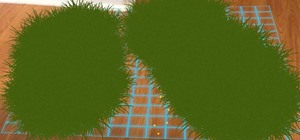



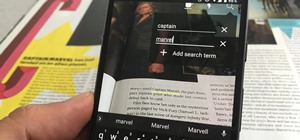









1 Comment
First, congratulations to all the team of Walmart!, it's brilliant and very smart, to combine a barcode reader with the use of ARKit to overcome the limitations of a barcode reading with mobile devices (especially the distance).
In this field, we are working with a new 2D code that can be read from any mobile phone iOS & Android with stunning results:
youtube.com/watch?v=Gb__GXZAqDW4
All that you see it's real time, and we are not using, in this case, ARKit or ARCore. You can try for yourself following the youtube video description indications.
You can see here the same reading test but farther:
youtube.com/watch?v=kad48jG1ft4
We're using the incredible capabilities of this new bidi code ddTags to empower the visually impaired in our project NaviLens (totally blind users):
youtube.com/watch?v=cq3VI0vUtO0
I hope this information could be helpful.
Share Your Thoughts